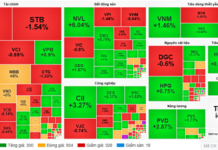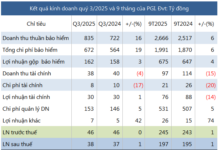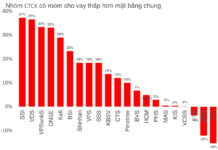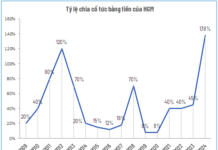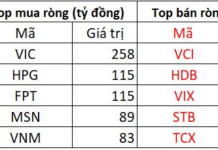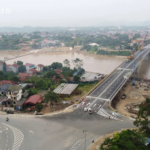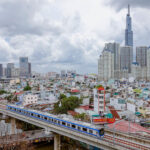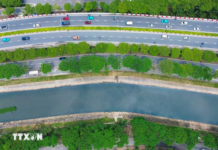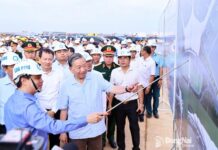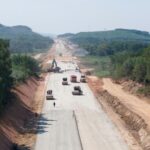
In 1898, the French began construction on the Long Biên Bridge, the first bridge to span the Red River. Nearly a century later, in 1985, the Thăng Long and Chương Dương bridges were inaugurated. Since 2000, numerous new bridges have been commissioned, including Thanh Trì, Vĩnh Tuy, Nhật Tân, Văn Lang, and Vĩnh Thịnh. By 2025, Hanoi boasted nine bridges crossing the Red River, creating a robust network connecting the city center with its suburban areas.
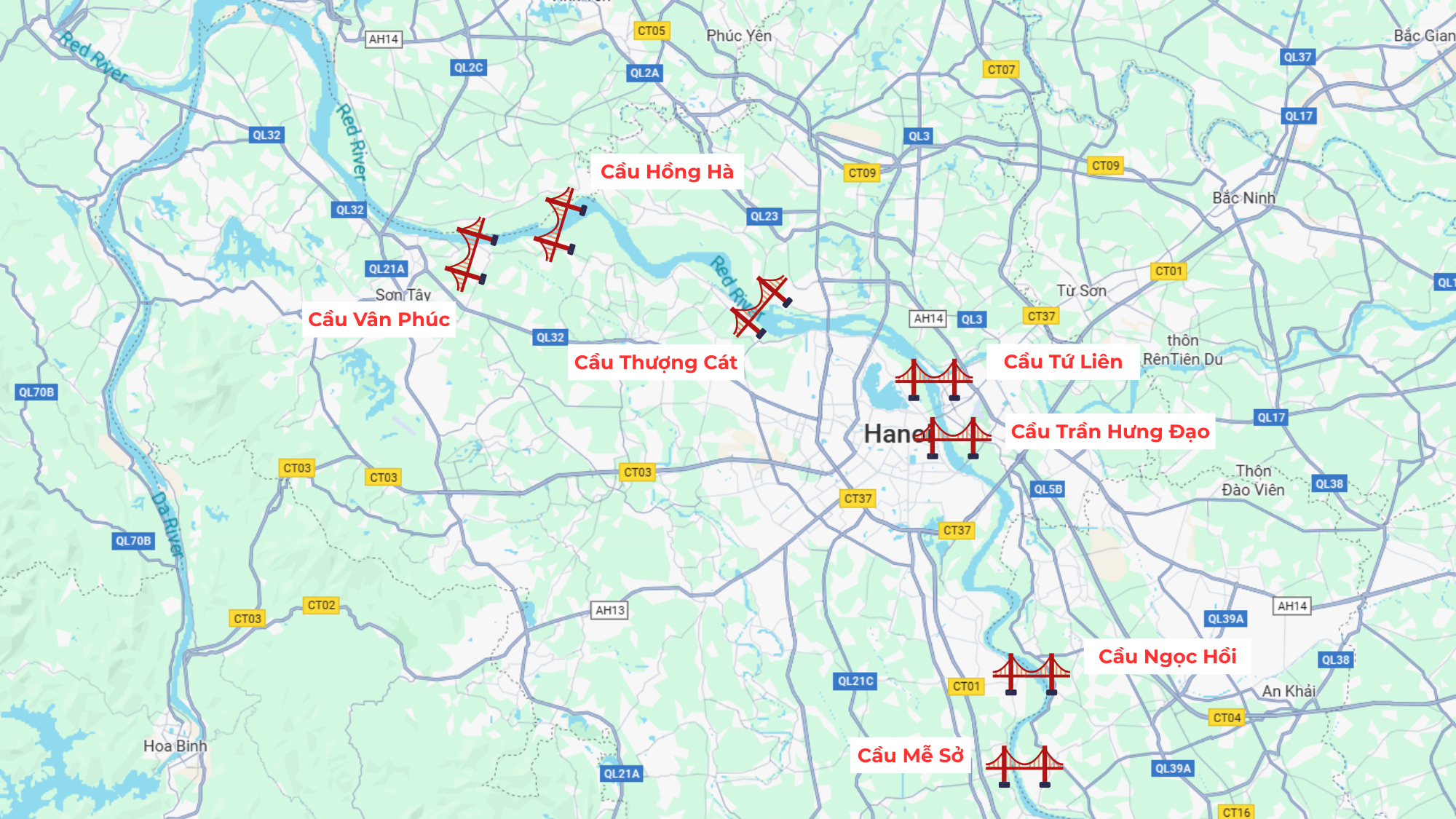
However, in 2025 alone, Hanoi plans to commence construction on seven new bridges across the Red River: Tứ Liên, Ngọc Hồi, Vân Phúc, Hồng Hà, Mễ Sở, Thượng Cát, and Trần Hưng Đạo. The number of projects starting in a single year nearly matches the total number of bridges built over the past century.
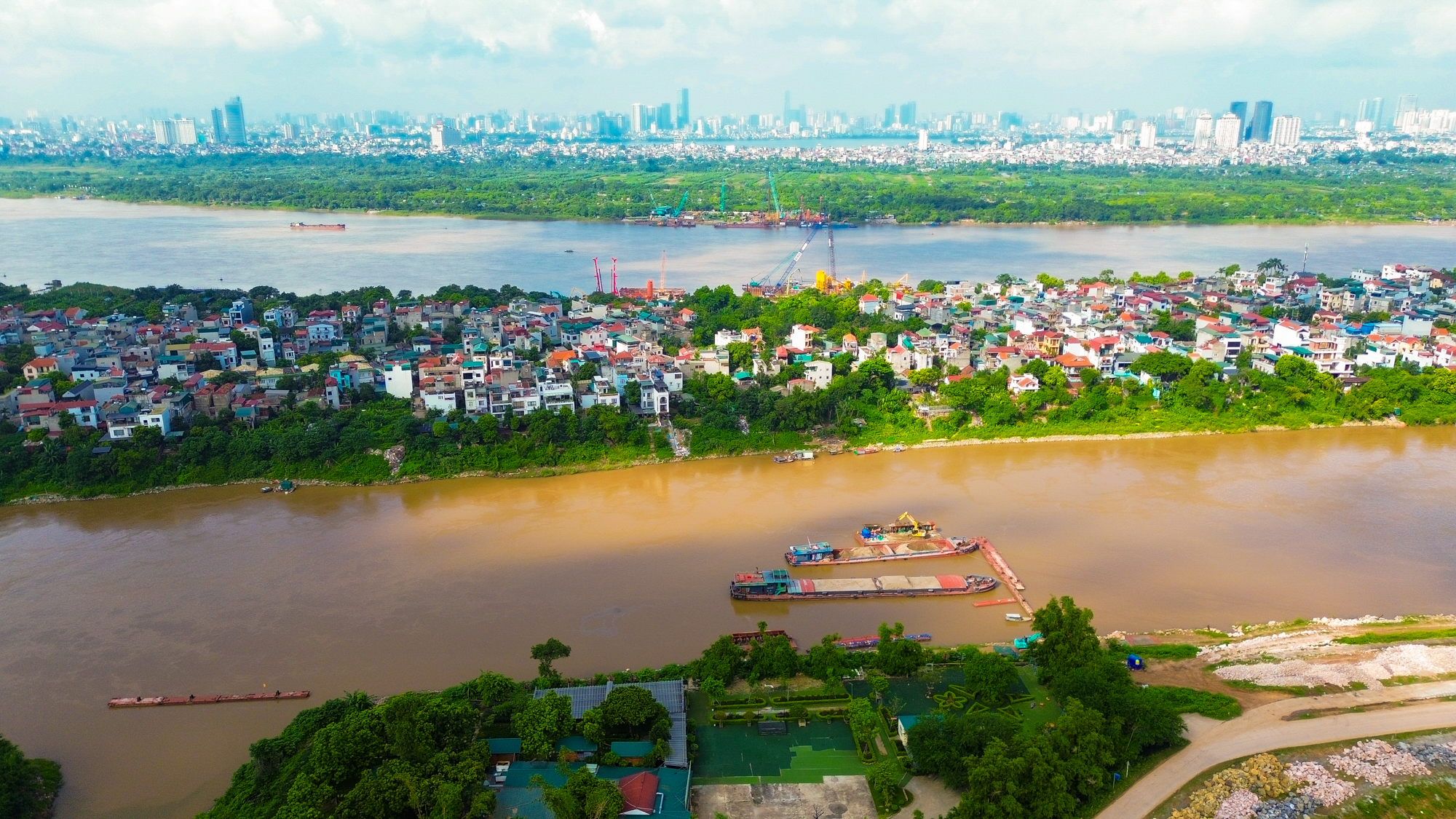
Speaking at the groundbreaking ceremony for the Tứ Liên Bridge, Prime Minister Phạm Minh Chính praised Hanoi’s vigorous transformation toward rapid and sustainable development. Nevertheless, the city faces significant challenges, including traffic congestion and environmental pollution. Prioritizing infrastructure investment to enhance connectivity—not only between the riverbanks but also with neighboring provinces and internationally—is deemed crucial and well-focused.
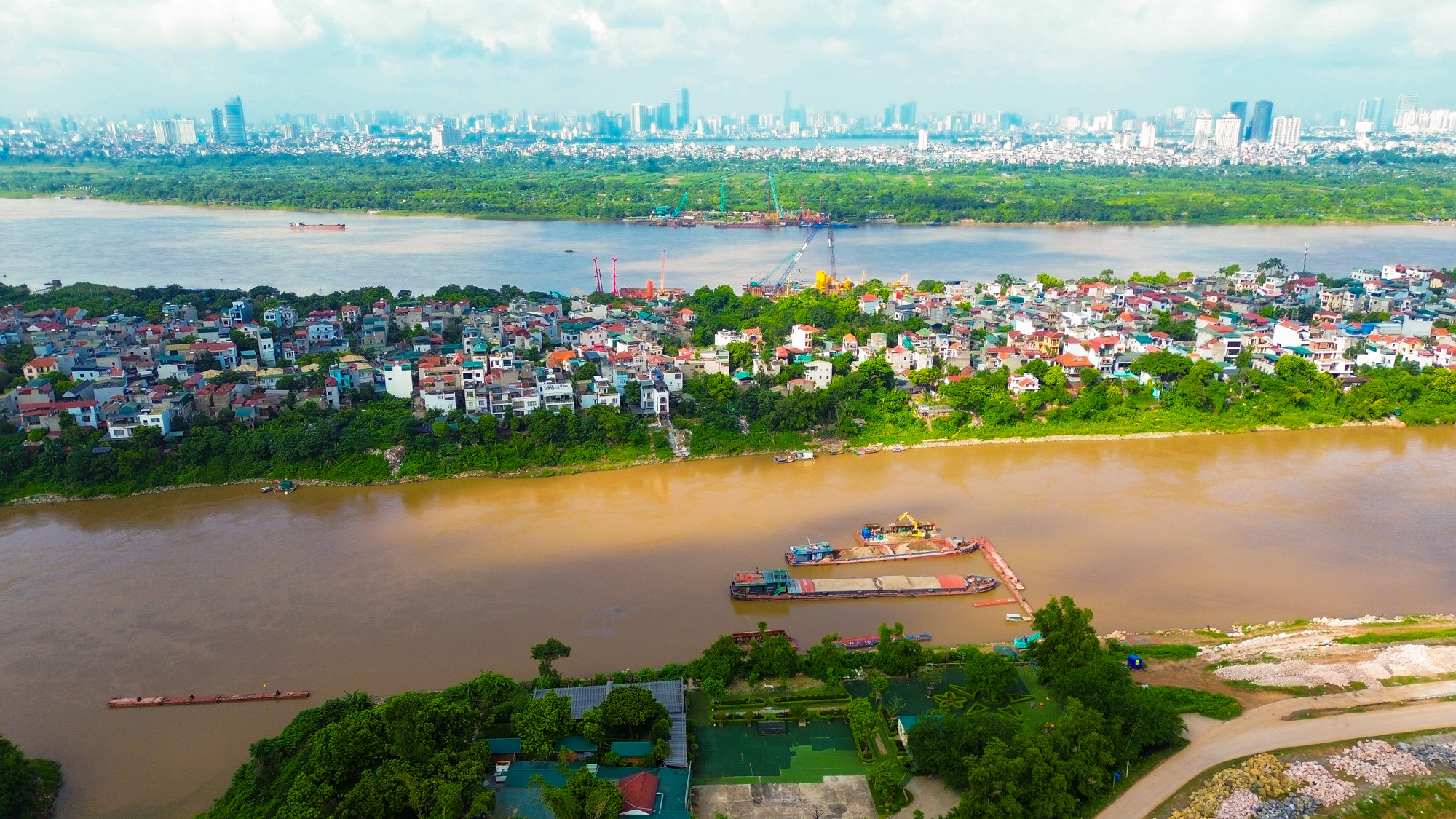
The Tứ Liên Bridge, the first project to break ground, has a total investment of approximately 20 trillion VND and a total length of over 11.5 km. The main bridge section crossing the Red River is nearly one kilometer long, with a width of 43–44 meters and six lanes. The bridge connects Tây Hồ District and former Đông Anh District, providing direct access to the Vinhomes Cổ Loa urban area.
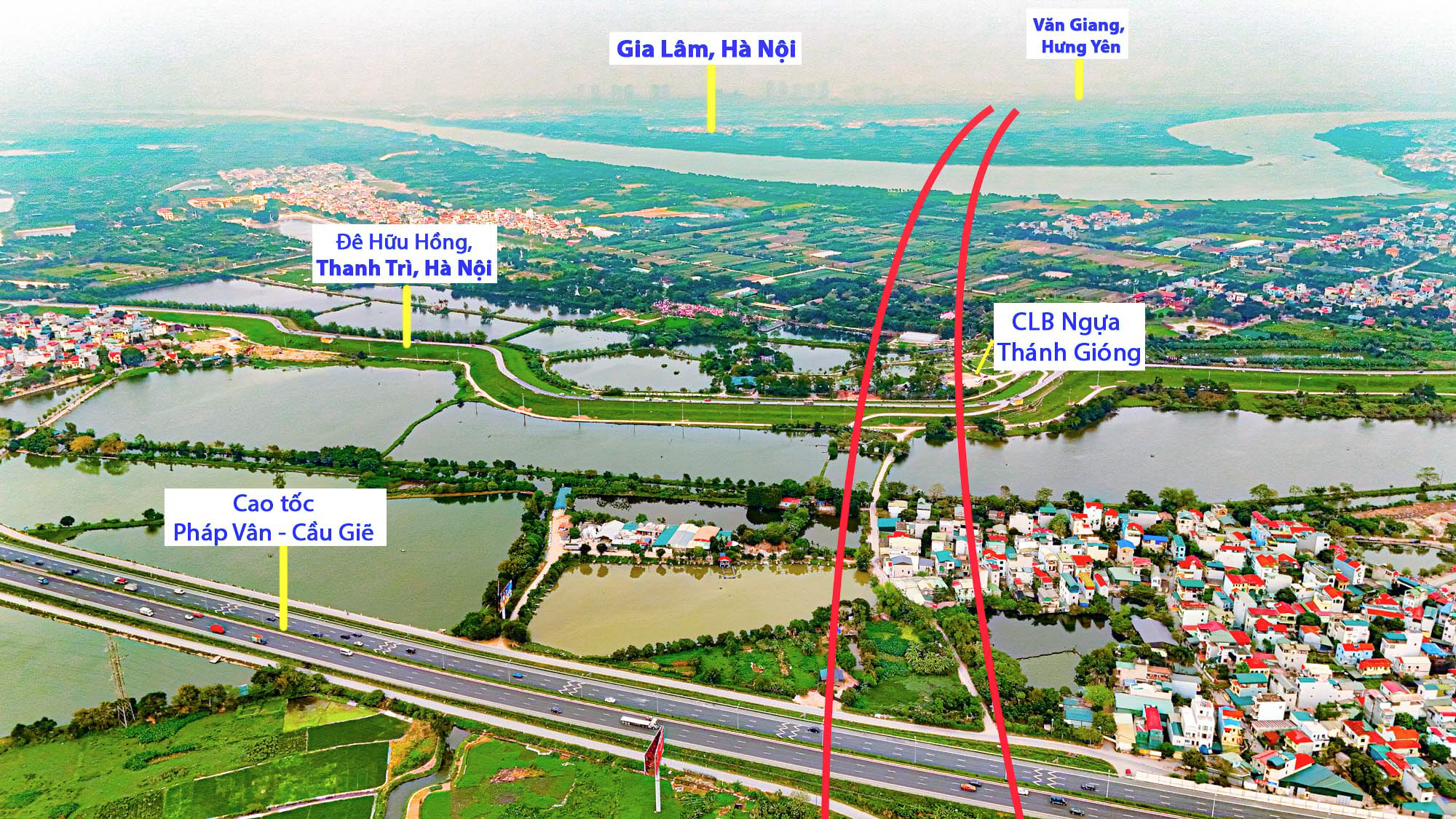
Breaking ground on August 19, the Ngọc Hồi Bridge spans 7.5 km with a width of 30 meters, featuring six motorized lanes and two mixed lanes. Its total investment is around 11.8 trillion VND. Located on the 3.5 ring road, the bridge connects Thanh Trì with Văn Giang (Hưng Yên), opening up development space in the South–Southeast region and alleviating congestion on the overburdened Thanh Trì Bridge. Real estate in Thanh Trì, Thường Tín, and Văn Giang is expected to benefit directly.
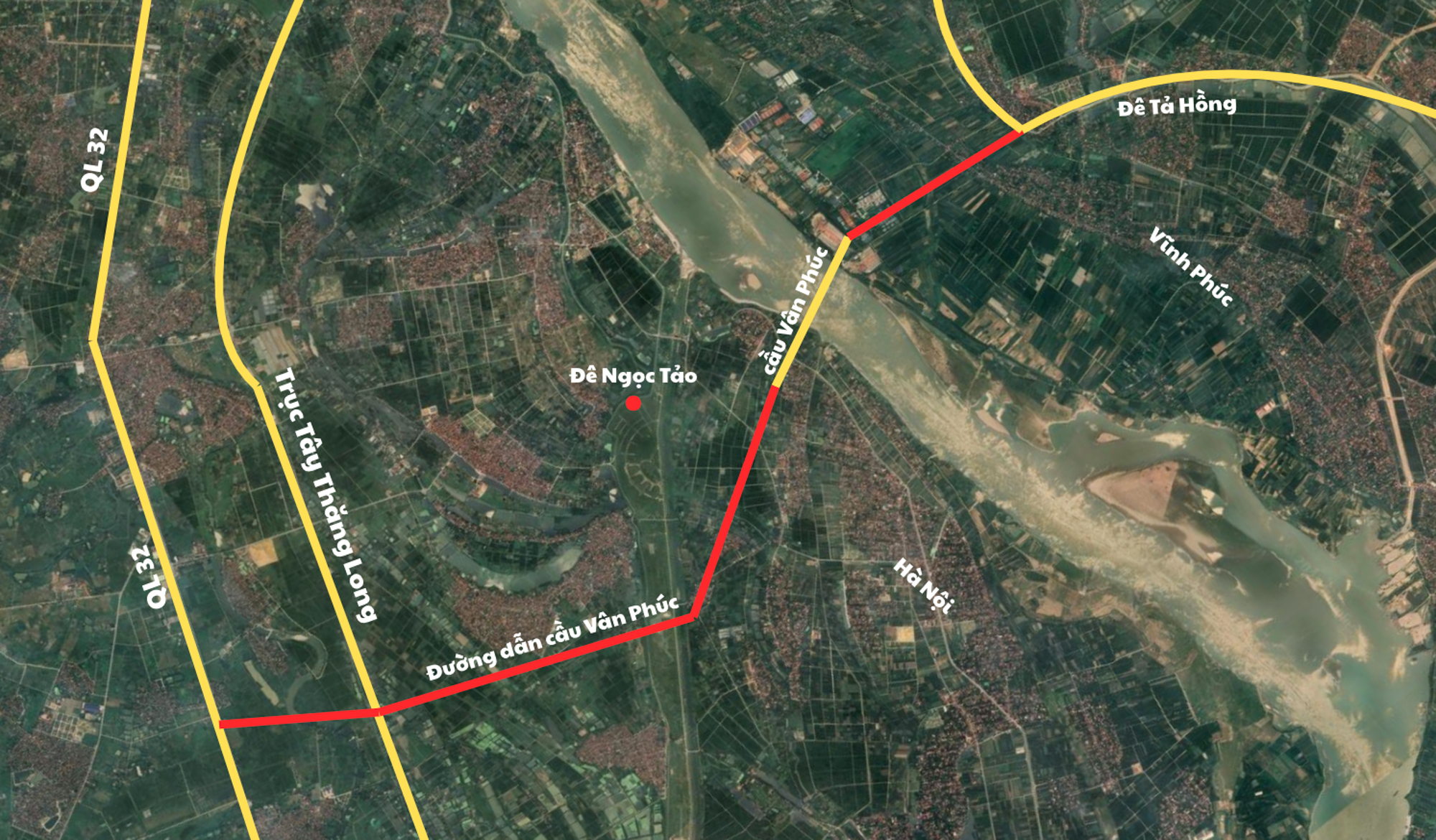
Also breaking ground simultaneously, the Vân Phúc Bridge has a total length of 7.7 km and is constructed using permanent reinforced concrete, accommodating four motorized lanes and two non-motorized lanes. With a total investment of over 3.4 trillion VND, the bridge connects the intersection with National Highway 32 to the administrative boundary between Hanoi and Phú Thọ Province (Km7+760). This rare bridge opens up development opportunities in the Northwest, fostering growth in peripheral real estate, leisure services, and satellite cities.
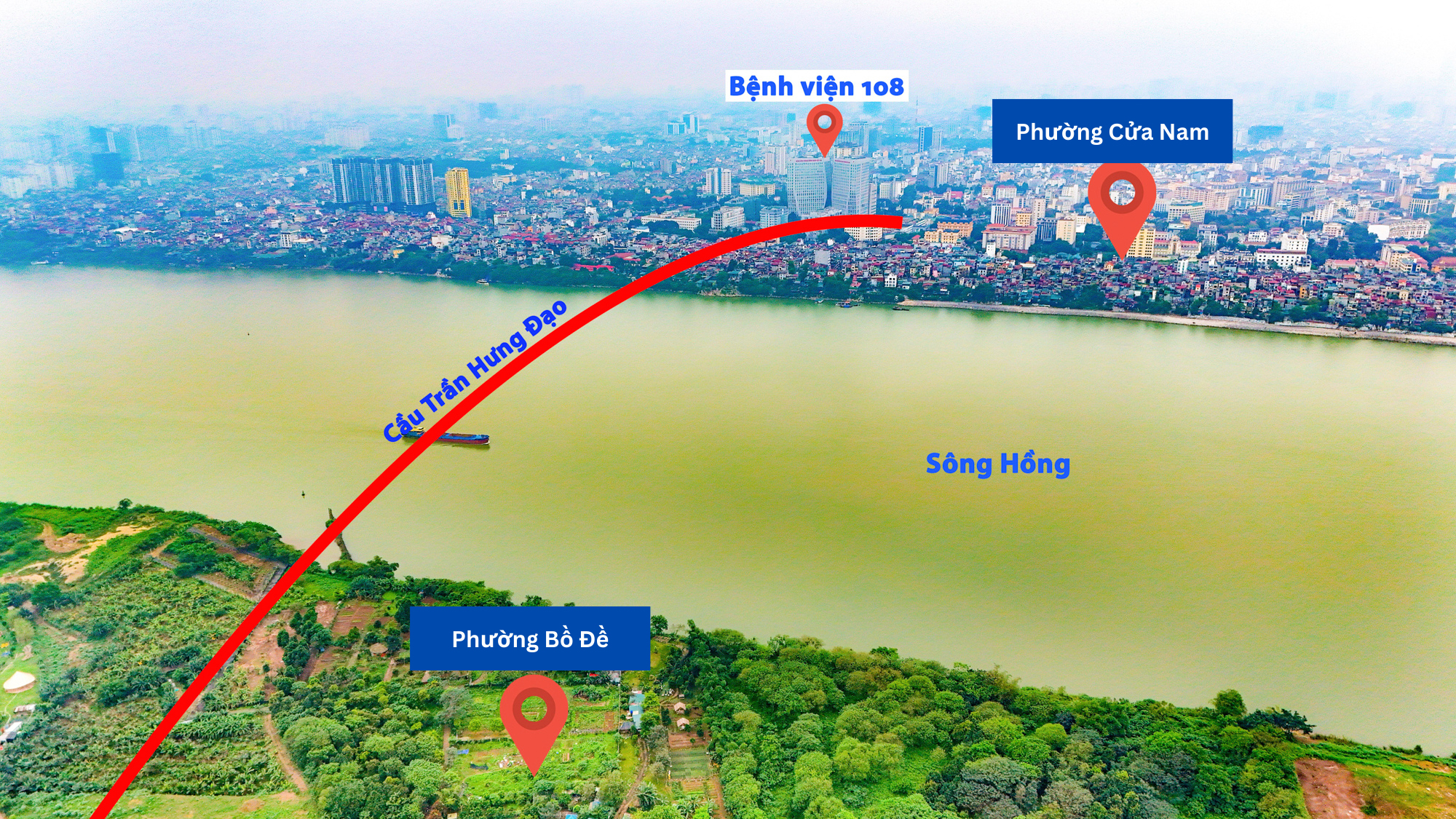
The Trần Hưng Đạo Bridge, with a total investment of nearly 16 trillion VND, is a key infrastructure project in Hanoi. Expected to alleviate congestion on the Long Biên, Chương Dương, and Vĩnh Tuy bridges, it will also boost socioeconomic development in the eastern region. The bridge has a total length of approximately 5.6 km, featuring six motorized lanes, two bicycle lanes, and two pedestrian lanes, with a design speed of 80 km/h.

The project begins at the intersection of Trần Hưng Đạo and Trần Thánh Tông (Hoàn Kiếm District) and ends at Vũ Đức Thận Street (Long Biên District). According to the plan, the Trần Hưng Đạo Bridge will be implemented from 2025 to 2027, with substantial completion expected by the end of 2027.
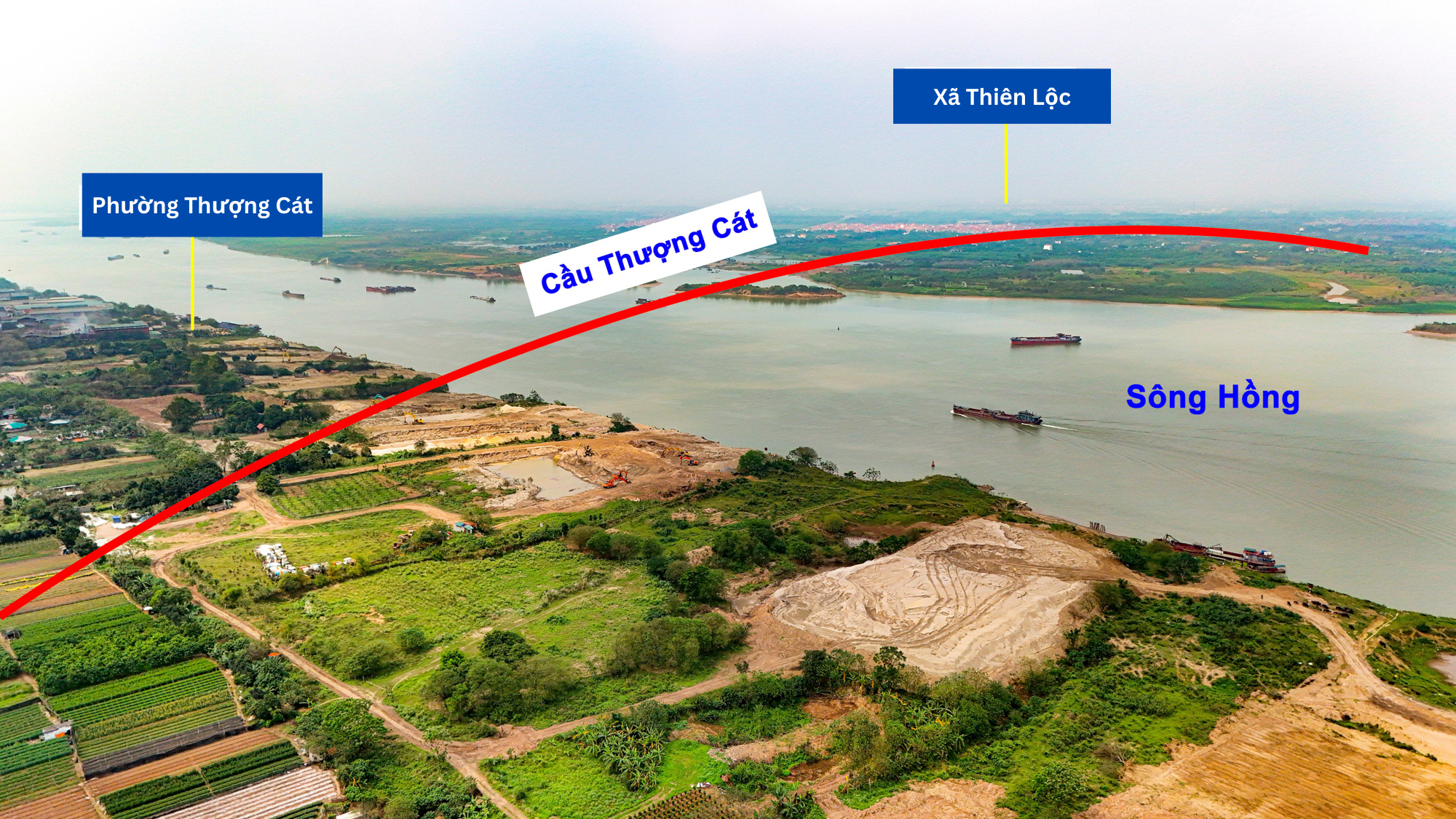
The Thượng Cát Bridge is scheduled to break ground on October 10, 2025, marking the 71st anniversary of the Capital Liberation Day. With a total investment of over 7.3 trillion VND from the city’s budget, the bridge spans approximately 4.5 km and has a width of 33 meters, connecting Thượng Cát Ward with Thiên Lộc Commune. Once operational, it will alleviate congestion on the Thăng Long Bridge and foster urban and high-tech development in the northern region.

The project, part of component 2 (excluding land clearance), has a total length of 5.2 km. This includes a main bridge of approximately 780 meters, approach bridges of 3.125 km, and roads at both ends totaling 1.3 km. The bridge is designed as a special-class structure with a cross-section width of 31–53 meters, featuring six motorized lanes and two non-motorized lanes. The southern road is 60 meters wide, with six motorized lanes and two mixed lanes, while the northern road is 50 meters wide, with four motorized lanes and two mixed lanes.
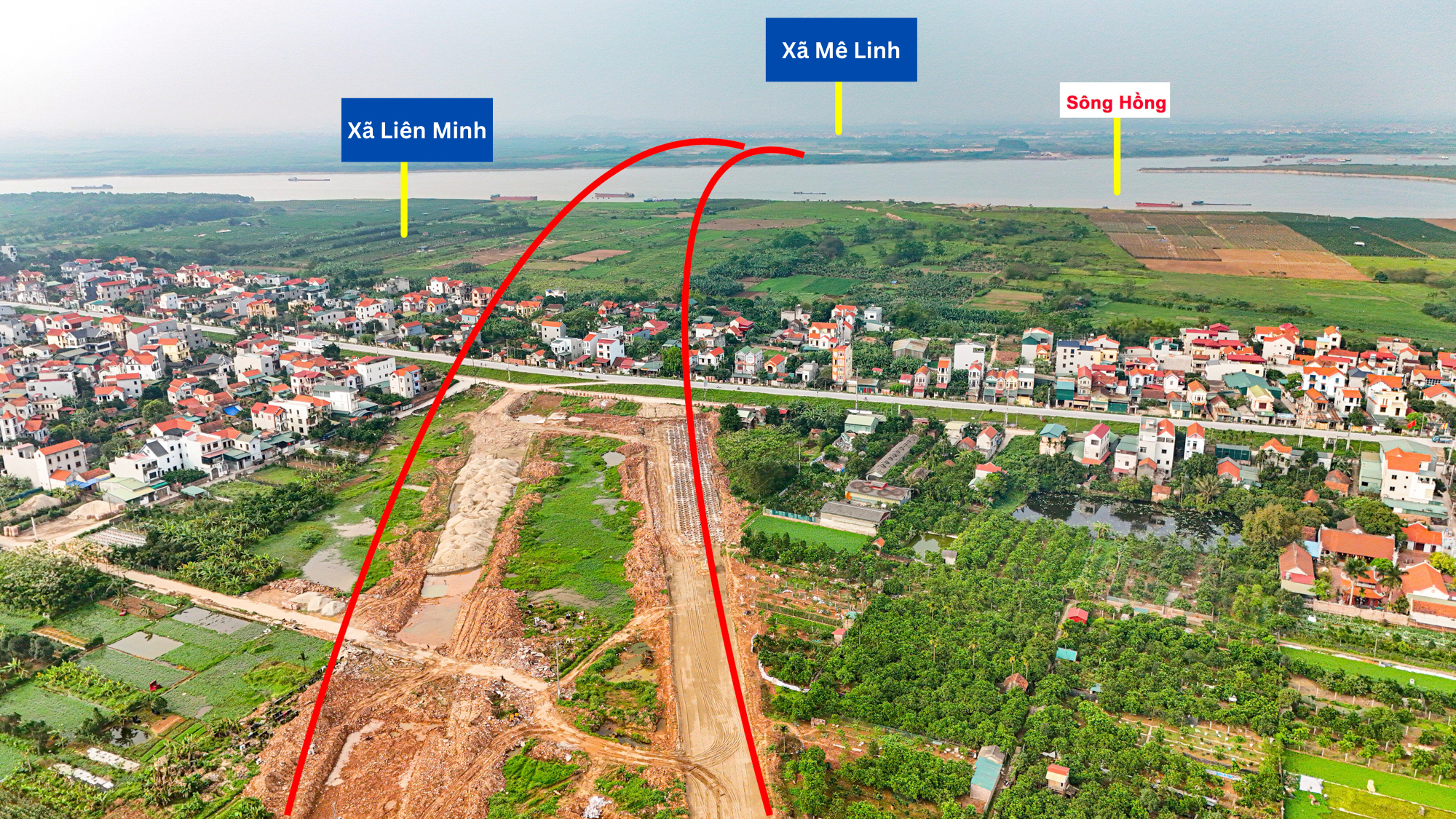
The Hồng Hà Bridge, with an investment of nearly 10 trillion VND, has a total length of nearly 6 km and a width of 33 meters. Located on the Ring Road 4 axis, it connects Liên Minh Commune (former Đan Phượng) with Mê Linh Commune and is expected to break ground in October this year. Upon completion, it will significantly alleviate congestion on the Nhật Tân and Thăng Long bridges, driving industrial and logistics real estate development north of the Red River.
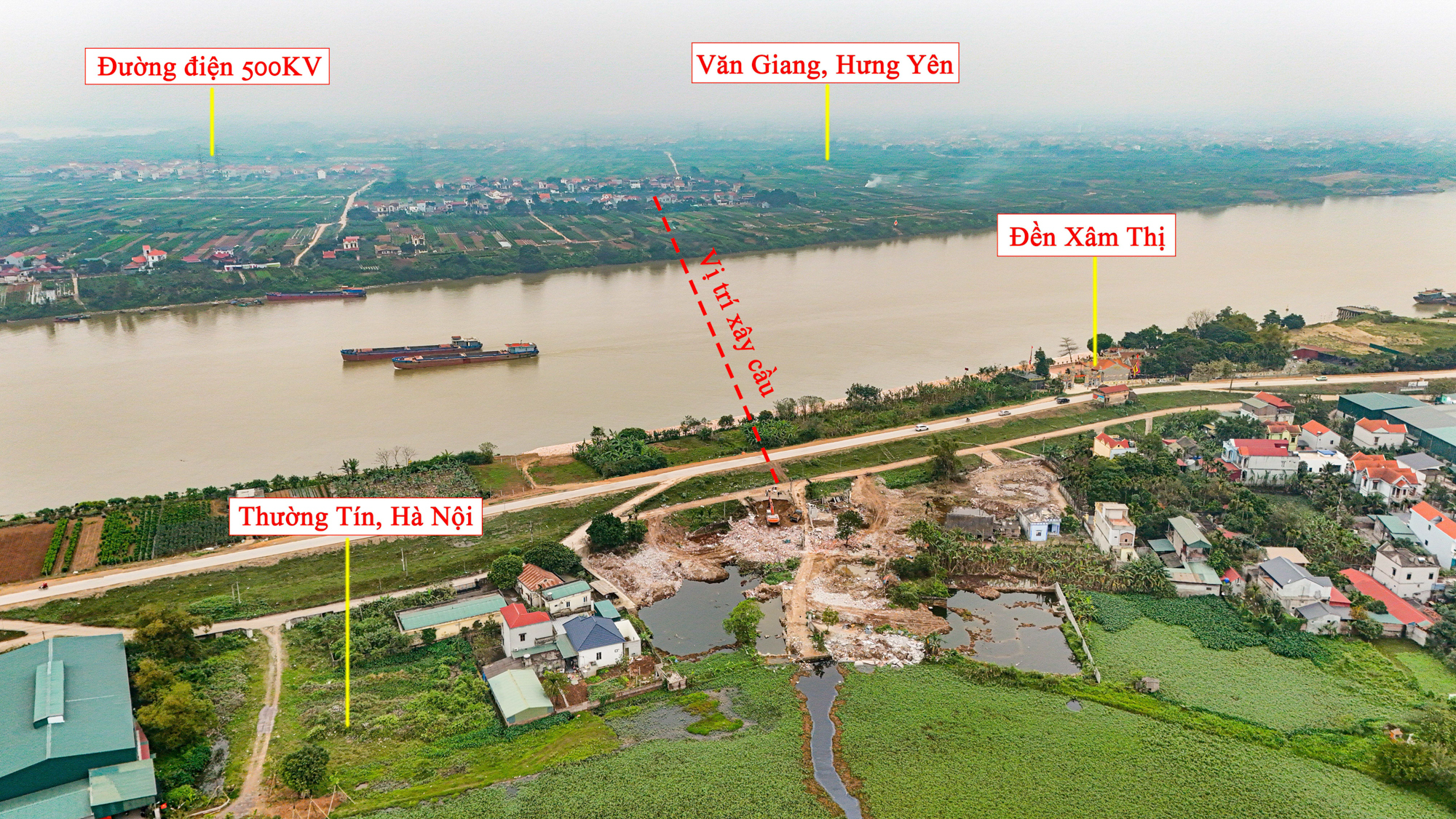
The Mễ Sở Bridge, with a total investment of nearly 4.9 trillion VND, spans approximately 13 km, including a main bridge of nearly one kilometer and a width of 33 meters. Connecting Văn Giang (Hưng Yên) with Thường Tín, the bridge plays a strategic role in the Ring Road 4 system. It is expected to boost industrial real estate and urban projects in southern Hanoi.

Thus, the seven bridges breaking ground in a single year will not only address traffic challenges but also create balanced development space on both sides of the Red River. Former peripheral districts such as Đông Anh, Gia Lâm, Long Biên, Thanh Trì, and Thường Tín will transform into new growth hubs. Notably, all seven projects are funded domestically, no longer relying on ODA as in the past.
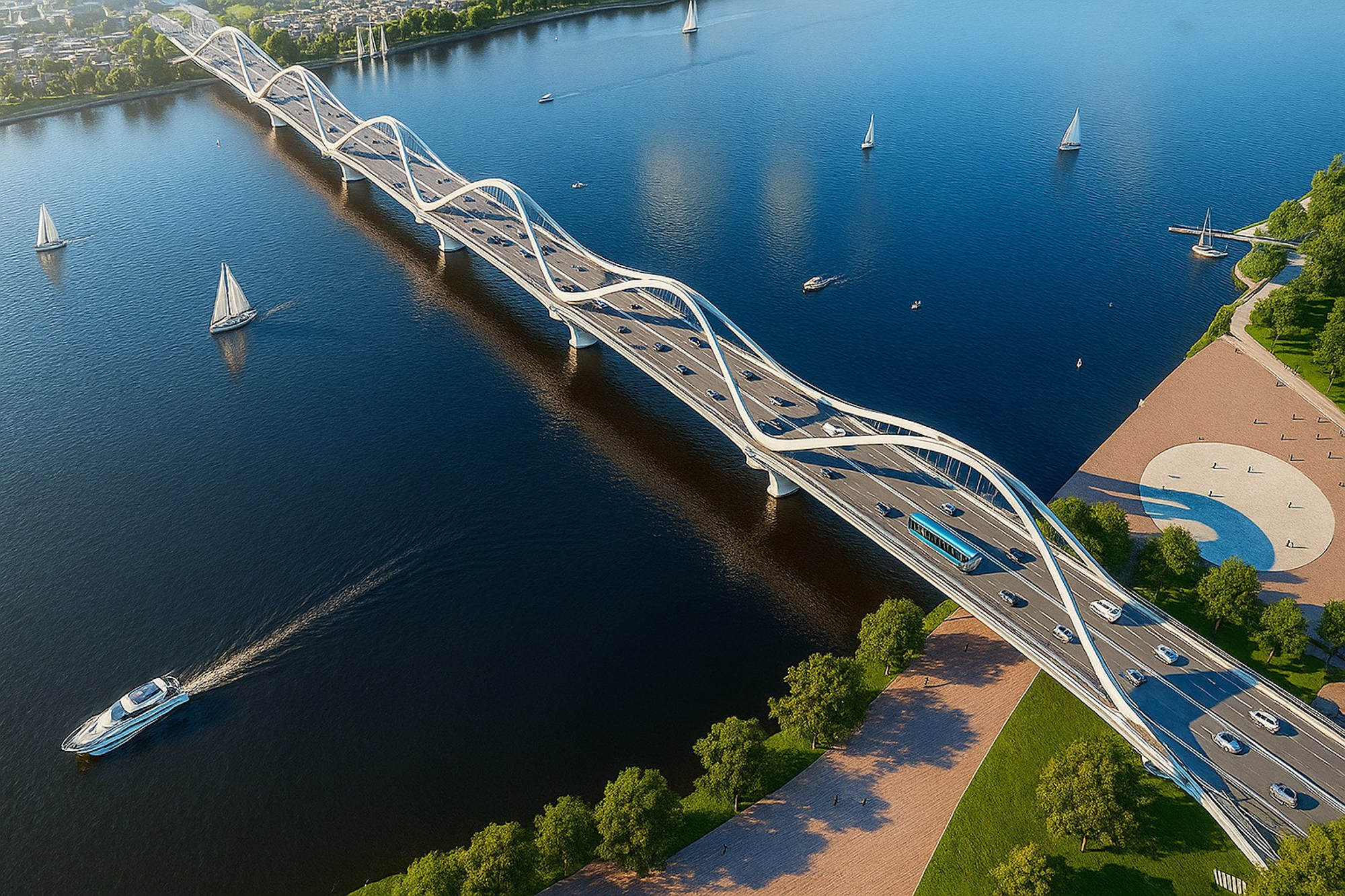
With investments totaling tens of trillions of VND, each bridge serves as both a critical transportation project and a “super infrastructure initiative,” providing a powerful boost to the real estate market.
Unlocking Growth: Strategies to Achieve an 8.5% Surge in Momentum
The ambitious GDP growth target of 8.3-8.5% for 2025 sets a high bar for Vietnam’s economy. Amid global uncertainties, achieving this goal hinges on harnessing new growth drivers while simultaneously addressing the bottlenecks currently restraining development.
Landmark Projects Shaping Quang Ninh’s Legacy: 2020-2025
In alignment with the resolutions of the 15th Provincial Party Congress for the 2020-2025 term, Quang Ninh Province has successfully constructed and inaugurated numerous transportation and infrastructure projects, laying a robust foundation for local economic growth.

